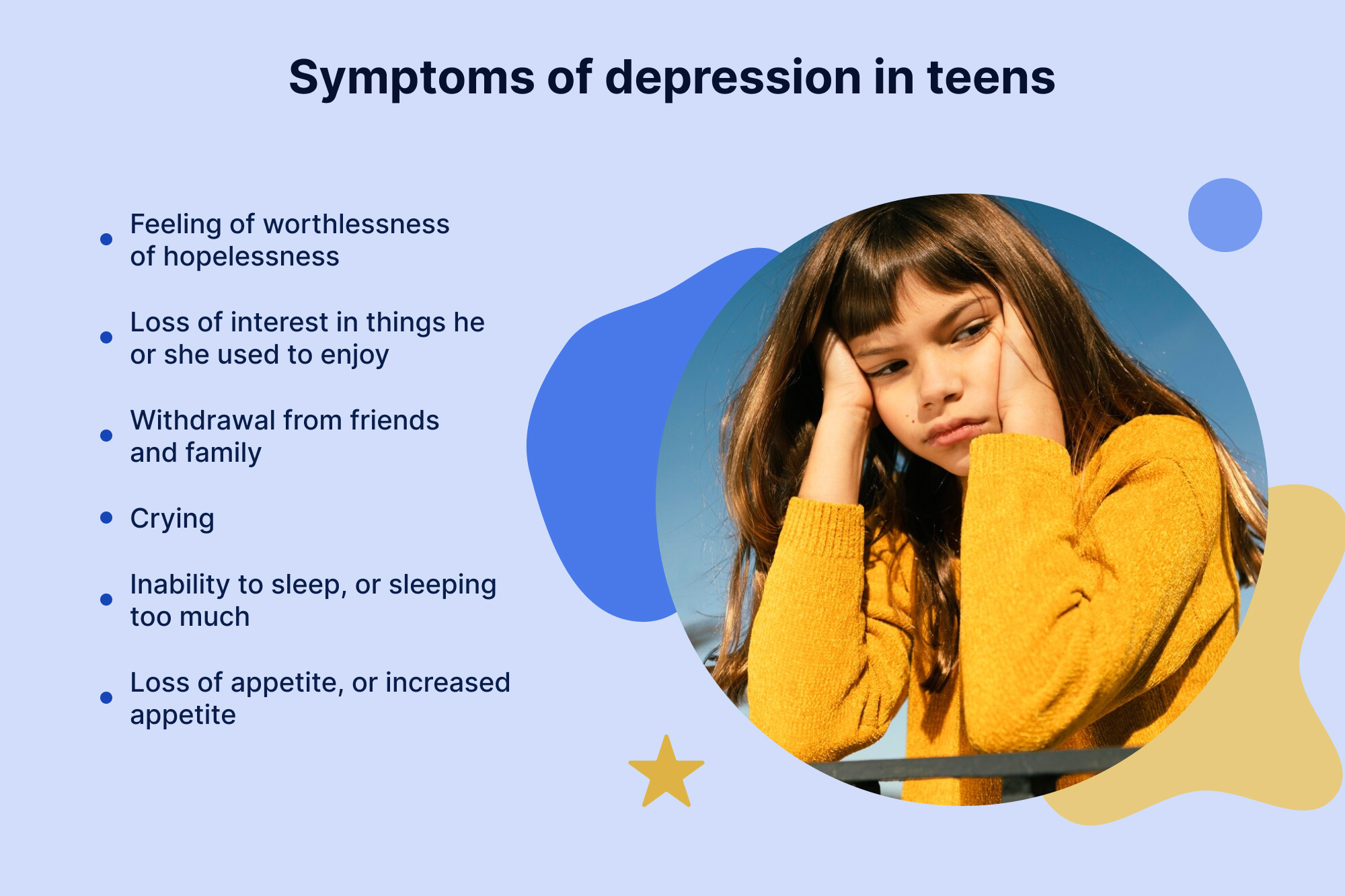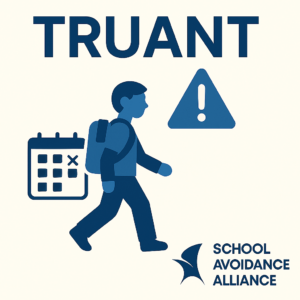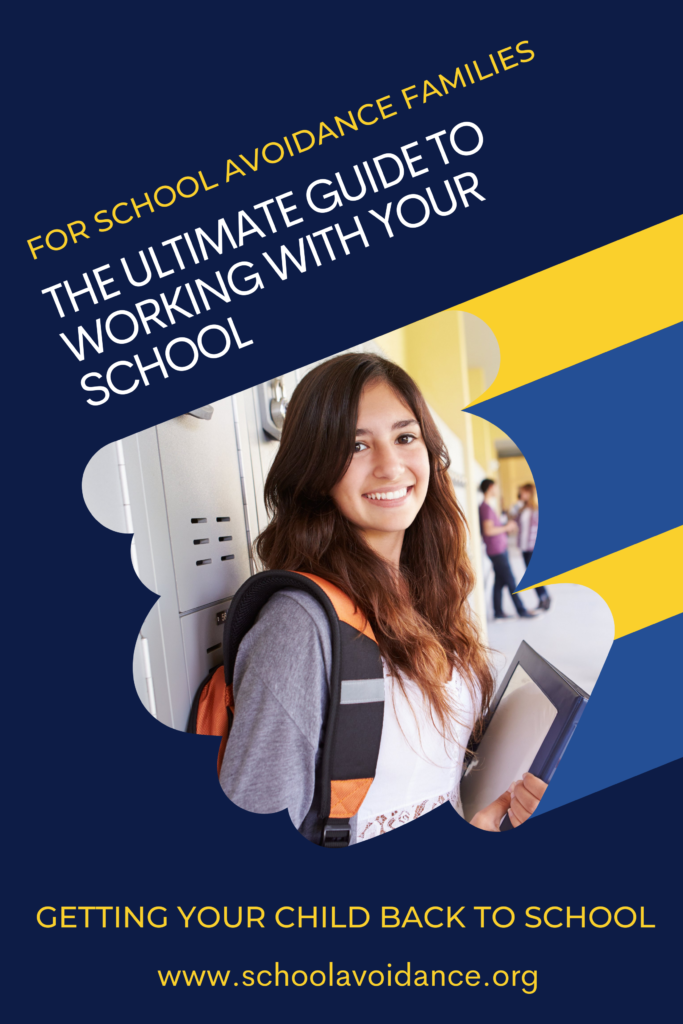Anxiety is a common and often debilitating mental health issue that affects people of all ages, but its impact on teenagers can be particularly profound. As adolescents navigate the challenges of adolescence, they are often confronted with academic pressures, social expectations, hormonal changes, and existential uncertainties. In this article, we will explore the various ways in which anxiety manifests in teenagers and examine its far-reaching effects on their emotional well-being, academic performance, social relationships, and overall quality of life.
Understanding Teenage Anxiety Disorders
Teenage anxiety disorders encompass a range of conditions characterized by persistent feelings of worry, fear, and apprehension that significantly impact a teenager’s daily life and functioning. These disorders can manifest in various forms, each with its own unique symptoms, triggers, and challenges. Let’s delve deeper into the different types of anxiety disorders commonly seen in teenagers:
Generalized Anxiety Disorder (GAD)
Generalized Anxiety Disorder is one of the most prevalent anxiety disorders among teenagers. Teens with GAD experience excessive worry and anxiety about a wide range of situations and events, often without a specific cause or trigger. This chronic worrying can interfere with their ability to concentrate, relax, and enjoy life. Common symptoms of GAD in teenagers include:
- Excessive worry: Teens with GAD may worry excessively about school performance, relationships, family issues, health concerns, or world events.
- Physical symptoms: GAD can manifest in physical symptoms such as muscle tension, fatigue, headaches, stomachaches, and difficulty sleeping.
- Perfectionism: Teens with GAD may have high standards for themselves and fear making mistakes or failing to meet expectations.
Social Anxiety Disorder (SAD)
Social Anxiety Disorder, also known as social phobia, is characterized by an intense fear of social situations and interactions. Teenagers with SAD may experience overwhelming anxiety in social settings, leading them to avoid or endure social situations with significant distress. Common symptoms of SAD in teenagers include:
- Fear of embarrassment: Teens with SAD fear being judged, criticized, or humiliated in social situations, leading them to avoid socializing or speaking in public.
- Physical symptoms: SAD can trigger physical symptoms such as blushing, sweating, trembling, rapid heartbeat, nausea, and difficulty breathing.
- Avoidance behaviors: Teens with SAD may avoid social gatherings, parties, speaking in class, or participating in extracurricular activities to minimize their anxiety.
Panic Disorder
Panic Disorder is characterized by recurrent panic attacks, which are sudden and intense episodes of fear or discomfort accompanied by physical symptoms such as chest pain, dizziness, shortness of breath, and feelings of impending doom. Teenagers with Panic Disorder may experience panic attacks unexpectedly or in response to specific triggers, such as stress or phobias. Common symptoms of Panic Disorder in teenagers include:
- Panic attacks: Teens with Panic Disorder may experience sudden and overwhelming panic attacks, which can last for several minutes and peak in intensity within minutes.
- Physical symptoms: Panic attacks can trigger physical symptoms such as chest pain, heart palpitations, sweating, trembling, dizziness, numbness or tingling sensations, and feelings of choking or suffocation.
- Fear of future attacks: Teens with Panic Disorder may develop a fear of experiencing future panic attacks, leading to avoidance behaviors and increased anxiety.
Obsessive-Compulsive Disorder (OCD)
Obsessive-Compulsive Disorder is characterized by the presence of obsessions (intrusive thoughts, images, or impulses) and compulsions (repetitive behaviors or mental acts performed in response to obsessions) that cause significant distress or impairment. Teenagers with OCD may experience obsessions related to contamination, symmetry, harm, or perfectionism, and engage in compulsions to reduce their anxiety or prevent perceived harm. Common symptoms of OCD in teenagers include:
- Obsessions: Teens with OCD may experience persistent and intrusive thoughts, images, or impulses that provoke anxiety or distress.
- Compulsions: Teens with OCD may engage in repetitive behaviors or mental acts, such as washing, checking, counting, arranging, or seeking reassurance, to reduce their anxiety or prevent harm.
- Impact on daily life: OCD can significantly interfere with a teenager’s daily activities, relationships, and academic performance, leading to distress and impairment.
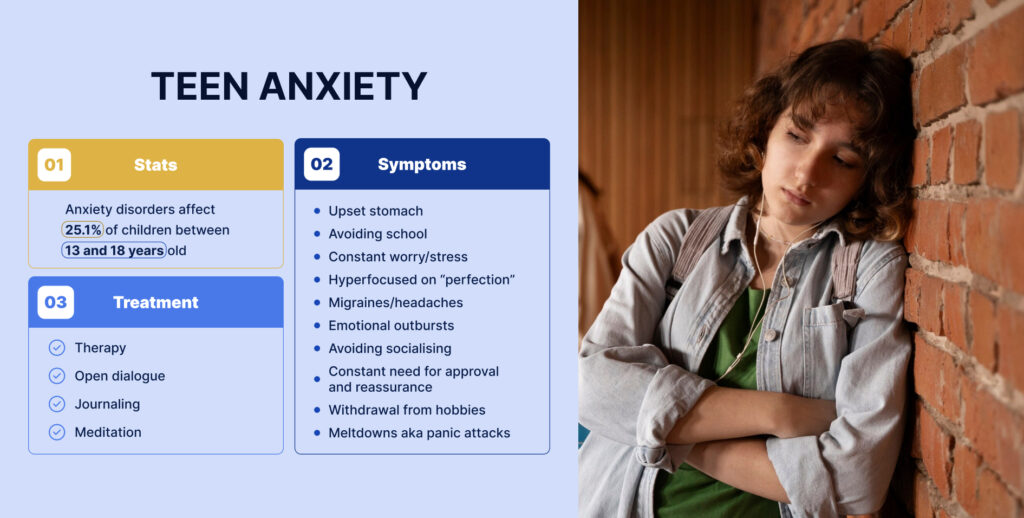
The Impact of Anxiety on Teenagers
Academic Performance
Anxiety can significantly impact teenagers’ academic performance by impairing their ability to concentrate, retain information, and perform well on exams and assignments. Fear of failure, perfectionism, and self-doubt can lead to procrastination, avoidance of academic tasks, and underachievement in school.
Example and Verification:
- Example: A teenager experiencing test anxiety may struggle to focus during exams, leading to poor performance despite adequate preparation.
- Verification Tip: Observe the teenager’s behavior before and during academic assessments, noting any signs of anxiety such as restlessness, fidgeting, or avoidance behaviors. Consultation with teachers or school counselors can provide additional insights into academic difficulties related to anxiety.
Social Relationships
Social anxiety can have a profound impact on teenagers’ social relationships, leading to isolation, loneliness, and difficulties forming and maintaining friendships. Teens with social anxiety may avoid social gatherings, speaking in class, or participating in extracurricular activities, which can further exacerbate feelings of social alienation and inadequacy.
Example and Verification:
- Example: A teenager with social anxiety may decline invitations to social events and spend most of their time alone in their room, avoiding interaction with peers.
- Verification Tip: Monitor the teenager’s social interactions and observe any patterns of avoidance or withdrawal in social situations. Open communication with the teenager about their feelings and experiences can also provide valuable insights into their social anxiety.
Emotional Well-being
Chronic anxiety can take a toll on teenagers’ emotional well-being, leading to feelings of sadness, irritability, hopelessness, and low self-esteem. The constant barrage of anxious thoughts and worries can leave teenagers feeling overwhelmed, exhausted, and emotionally drained, impacting their overall quality of life.
Example and Verification:
- Example: A teenager with generalized anxiety disorder may experience persistent feelings of worry and dread about various aspects of their life, leading to emotional distress and difficulty experiencing joy or pleasure.
- Verification Tip: Engage in open and supportive conversations with the teenager about their emotions and feelings, encouraging them to express themselves honestly. Monitoring changes in mood, behavior, and sleep patterns can also provide valuable clues about their emotional well-being.
Physical Health
Anxiety can manifest not only as psychological symptoms but also as physical symptoms such as headaches, stomachaches, muscle tension, fatigue, and sleep disturbances. These physical symptoms can further exacerbate teenagers’ anxiety and contribute to a cycle of heightened stress and discomfort.
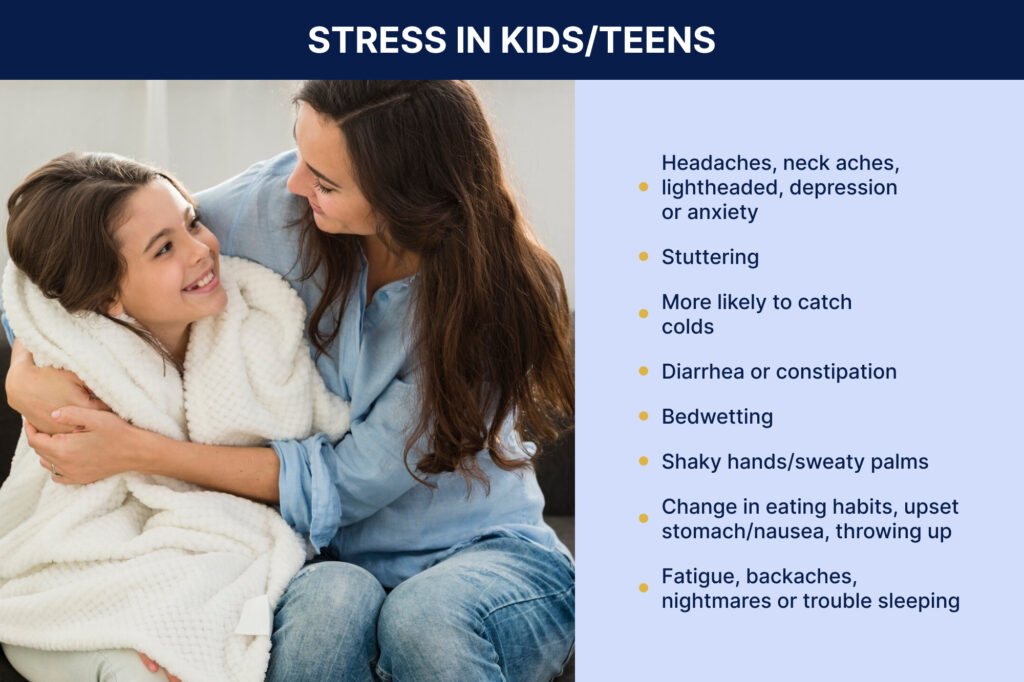
Example and Verification:
- Example: A teenager experiencing panic attacks may report physical symptoms such as chest pain, dizziness, sweating, and trembling during episodes of intense anxiety.
- Verification Tip: Consultation with healthcare providers, such as pediatricians or mental health professionals, can help rule out underlying medical conditions and provide appropriate treatment for physical symptoms associated with anxiety.
Coping Strategies for Teenage Anxiety
While teenage anxiety can be challenging to manage, there are various coping strategies and interventions that can help teenagers navigate their anxiety more effectively:
Psychotherapy
Cognitive-behavioral therapy (CBT) is a highly effective form of psychotherapy for treating teenage anxiety. CBT helps teenagers identify and challenge irrational thoughts and beliefs that contribute to their anxiety, as well as develop coping skills and relaxation techniques to manage their symptoms.
Medication
In some cases, medication may be prescribed to alleviate severe symptoms of anxiety, particularly when psychotherapy alone is not sufficient. Selective serotonin reuptake inhibitors (SSRIs) and serotonin-norepinephrine reuptake inhibitors (SNRIs) are commonly used antidepressant medications that can help reduce symptoms of anxiety in teenagers.
Lifestyle Modifications
Encouraging healthy lifestyle habits can also help teenagers manage their anxiety more effectively. This includes regular exercise, adequate sleep, healthy eating habits, relaxation techniques (such as deep breathing exercises or mindfulness meditation), and stress management techniques.
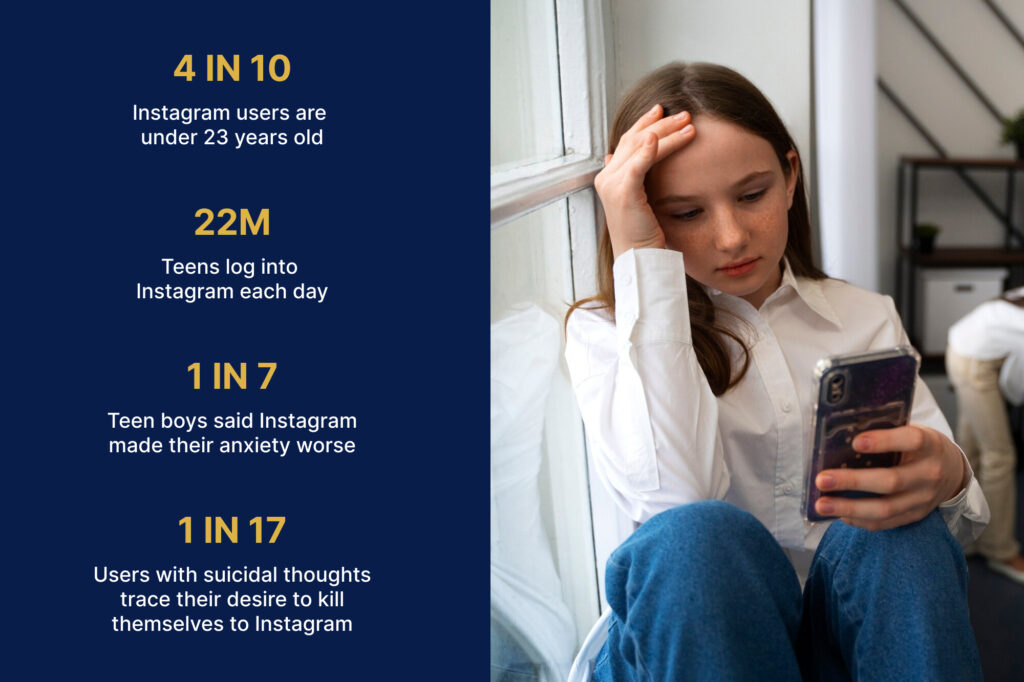
Social Support
Building a strong support network of family, friends, teachers, and mental health professionals can provide teenagers with the emotional support and validation they need to cope with their anxiety. Peer support groups, online forums, and community resources can also be valuable sources of support and encouragement.
Self-Care Practices
Encouraging teenagers to prioritize self-care and engage in activities that promote relaxation, enjoyment, and self-expression can help reduce anxiety and improve overall well-being. This may include hobbies, creative outlets, mindfulness practices, journaling, or spending time in nature.
Conclusion: Nurturing Understanding and Support
Teenage anxiety is a complex and multifaceted issue that can have significant implications for teenagers’ academic performance, social relationships, emotional well-being, and overall quality of life. By understanding the various ways in which anxiety manifests in teenagers and implementing effective coping strategies and interventions, parents, educators, and mental health professionals can provide teenagers with the support and resources they need to navigate their anxiety more effectively.
Through psychotherapy, medication, lifestyle modifications, social support, and self-care practices, teenagers can learn to manage their anxiety, build resilience, and cultivate a greater sense of well-being and empowerment. By fostering open communication, empathy, and understanding, we can create a supportive environment where teenagers feel valued, understood, and capable of overcoming the challenges posed by anxiety. Together, we can work towards nurturing the emotional health and resilience of our teenage population, empowering them to thrive in the face of adversity and uncertainty.

